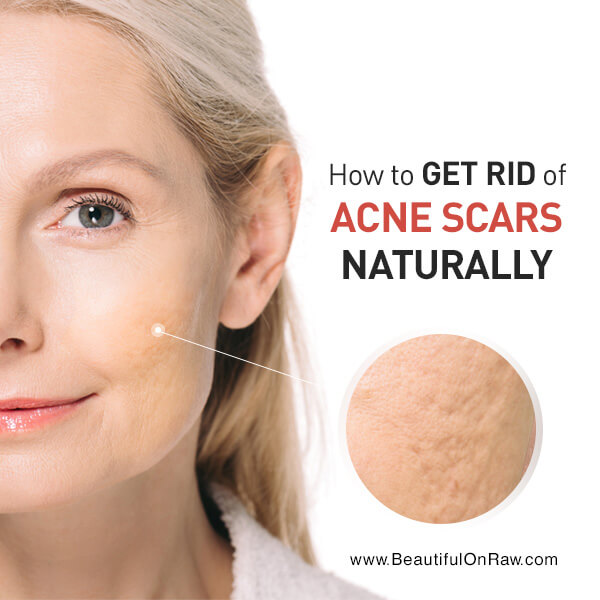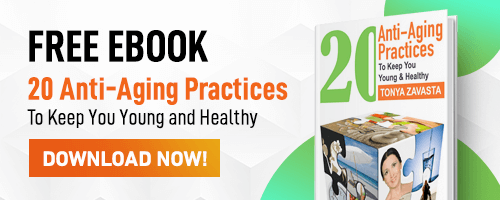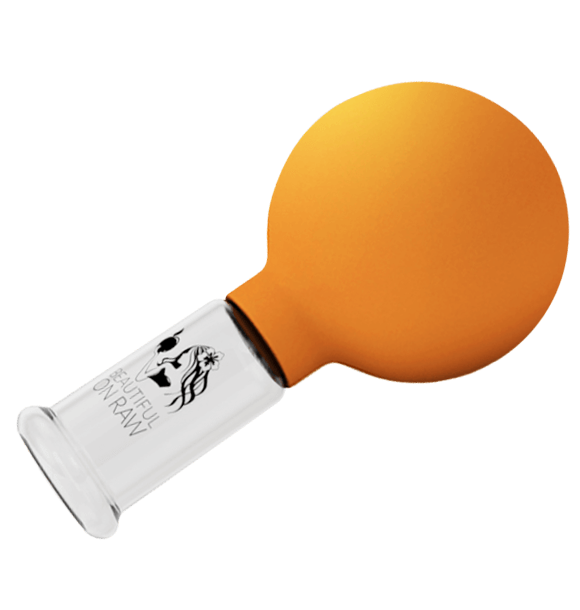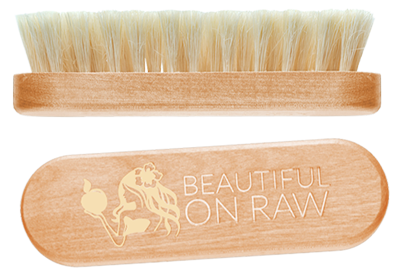How to Get Rid of Acne Scars Naturally

Unsightly acne scars give your complexion an uneven, bumpy look. Before you can treat the remnants of a blemish, it’s important to know the difference between an acne mark and an acne scar.
Acne Marks
There are dark spots, and there are real acne scars. The two are different. What dermatologists call “post-inflammatory hyperpigmentation” are brown, or sometimes red marks that usually go away in three to six months. Gently stretching these marks and applying vitamin C serums will help them disappear.
Acne Scars
True acne scars are permanent indentations from collagen damage. Most dermatologists use lasers or fillers to treat them. Some scars (called atrophic) appear as pits in the skin. These are the hardest to treat. Some scars (hypertrophic or keloid) are thick, raised scars protruding above the skin.
Medical Treatments
Dermatologists most often turn to lasers, dermabrasion, retinoids, peels, and other chemical treatments to try to eradicate acne scars.
Natural Methods to Get Rid of Acne Scars
Topical vitamin C helps to build collagen, stimulating healing. Vitamin C absorbs into the skin and continues to work long after it’s dried.
Apple Cider Vinegar
Apple cider vinegar helps manage your skin’s acidity (pH), improving its look over time. It also reduces red marks and scars. Using water, dilute ordinary household vinegar to half strength, and apply it daily to the affected area until the scars and marks start to fade.
Sandalwood Paste
Sandalwood has long been known for its healing properties. This paste is easy to make at home. Mix one tablespoon of sandalwood powder with a few drops of rosewater or milk to form a paste. Apply the paste to the affected area, leave it on for 30 minutes, rinse off, and gently pat your skin dry.
Aloe Vera
The sap of the aloe vera plant is a soothing, healing liquid, long used to relieve many skin issues. Aloe vera rejuvenates and moisturizes the skin, which aids in fading acne scars. Aloe vera is readily available at your local nursery or supermarket. Just buy a plant, break off a leaf, and use the sap directly on the scar or mark. As with vitamin C, the aloe vera gel will continue to work after it’s dried, so there’s no need to rinse.
Honey
The benefits of honey include its antibacterial properties, that it’s non-irritating, it moisturizes, and it helps soothe skin and reduce inflammation and irritation. Just dab some raw, organic honey directly onto the scarred area, let it sit half an hour, then rinse away
Cupping Massage
This, I believe, is one of the most effective ways to deal with acne scars. Cupping gradually can smooth out the adhesions of the scars and make them less visible.
Dry Brushing
Regular exfoliation, such as by gently brushing the skin, is a great way to remove dead skin and make your acne marks look lighter.
Whichever of these methods you use—whether you choose just one, or several in combination—repeat them daily until the scars or marks are gone.
Prevention
As always, prevention trumps cure every time. The best way to fight acne and related scarring is to work to prevent it. See my article Raw Foods and Acne.


